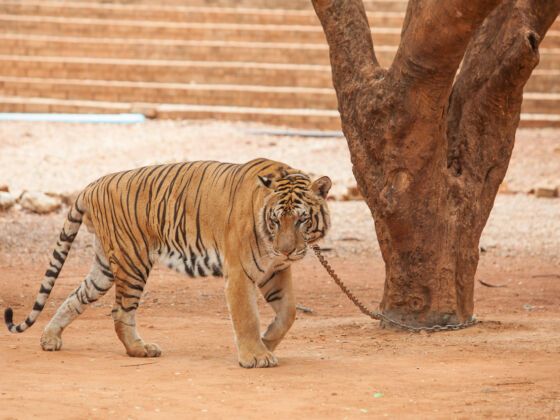UPDATE 2: OFFICIALS ARE FINALLY CLOSING THE THAI TIGER TEMPLE, BUT WHAT THEY’VE FOUND IS HORRIFYING
UPDATE: we are proud to share that our article warning people not to go to Tiger Temple has been read by well over 1.2 million people. In February 2015, Thailand’s government raided the facility and Tiger Temple was later forced to shut down and to hand over their 147 tigers to the Department of National Parks, Wildlife and Plant Conservation.
Wat Pha Luang Ta Bua — better known among travelers as “Tiger Temple” — is probably the most controversial temple in Southeast Asia. You’ve probably seen pictures of people posing next to a majestic tiger, bravely holding up a tiger’s tail and grinning proudly, or perhaps even shoving a baby bottle filled with formula down a tiger cub’s mouth. Obviously great shots for Facebook.
However, I’m here to tell you those photos come at a steep price. In August of 2013, I volunteered to work at Tiger Temple for 30 days. I left after 18. Here’s why.
